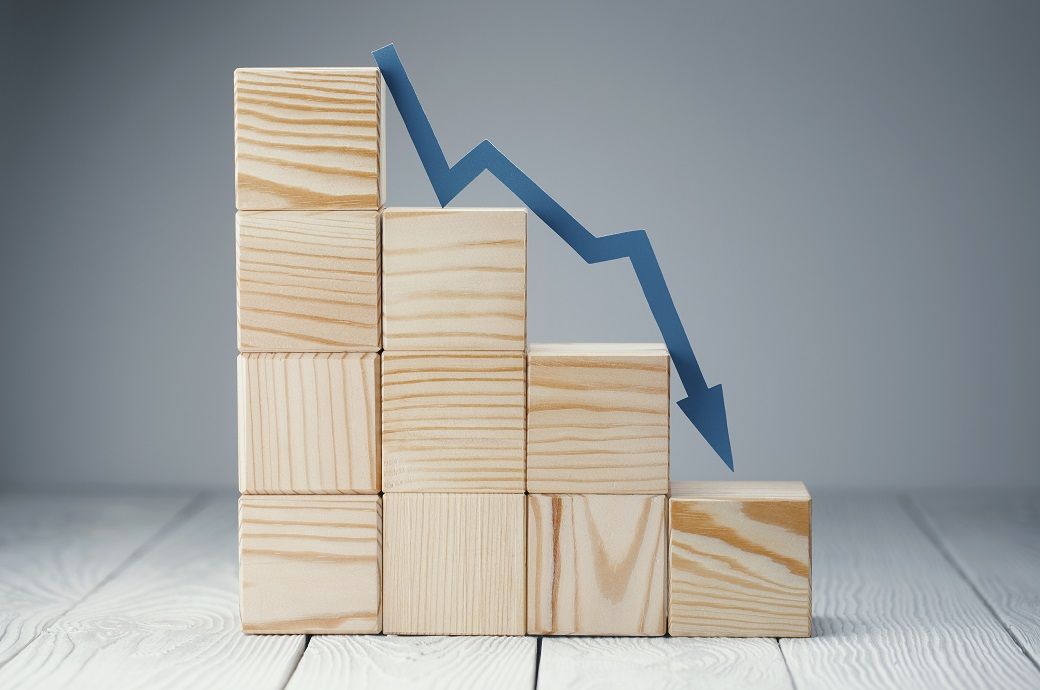
The primary growth drivers in most countries are expected to be private consumption and investment—buoyed by the easing of monetary policies and decreasing inflation—and a recovery in exports, particularly as activity in the euro area firms, the report noted.
The slowdown this year is mainly attributed to decelerations in Russia and Turkiye. Elevated uncertainty regarding the evolution of the invasion of Ukraine continues to play an essential role in shaping the regional outlook, it observed.
Excluding Russia, Turkiye and Ukraine, growth in the region is expected to accelerate to 3.1 per cent this year and 3.6 per cent on an average in 2025-26, with growth picking up in about half of ECA’s economies.
Inflation in the ECA region is expected to continue moderating, paving the way for more substantial monetary policy easing, the World Bank said.
In April this year, inflation was above official targets in about half of ECA countries, but market-based expectations are consistent with inflation close to targets in most cases by 2025.
Despite the need for fiscal consolidation to ensure sustainability, prospects for significant fiscal adjustments in the region appear to be limited, amid many upcoming elections, the report noted.
High-frequency economic indicators, including manufacturing purchasing managers’ indices and retail sales, suggest a relatively resilient first quarter of 2024 in ECA’s largest economies—Russia, Turkiye and Poland.
Risks to the outlook are tilted to the downside. Geopolitical tensions, particularly stemming from Russia’s invasion of Ukraine, and the potential continued effects and risk of escalation of the invasion, cloud prospects for ECA.
Political uncertainty in the region is also heightened. An escalation of trade restrictions could further hamper trade activity and weigh on growth, amid a deceleration in exports in recent years.
Additionally, a slower-than-expected recovery in China could adversely impact commodity exporters in the region, the report added.
Fibre2Fashion News Desk (DS)